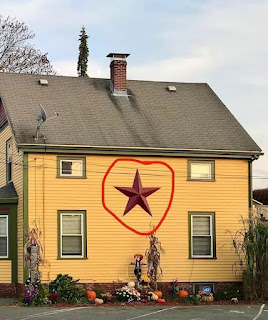Ever driven past an old barn and spotted a bright star above the door? That’s no accident—it’s a barn star, a tradition with roots in early German-American farming communities. These stars weren’t just for show; farmers believed they brought blessings, from bountiful harvests to protection against misfortune.
Dating back to the 1830s, barn stars were a practical kind of folk art. Green stars stood for fertile land, blue or black ones guarded against bad luck, and brown stars signaled friendship. Unlike hex signs, which came later with more mystical meanings, barn stars were grounded in the daily life of agriculture.
This tradition isn’t unique—cultures worldwide have their own versions. The Eye of Horus in Egypt, the Norse Helm of Awe, and the Hamsa Hand all serve similar purposes: safety, strength, and good fortune. Barn stars remind us how people everywhere have used symbols to hope for a better future while honoring their past.


